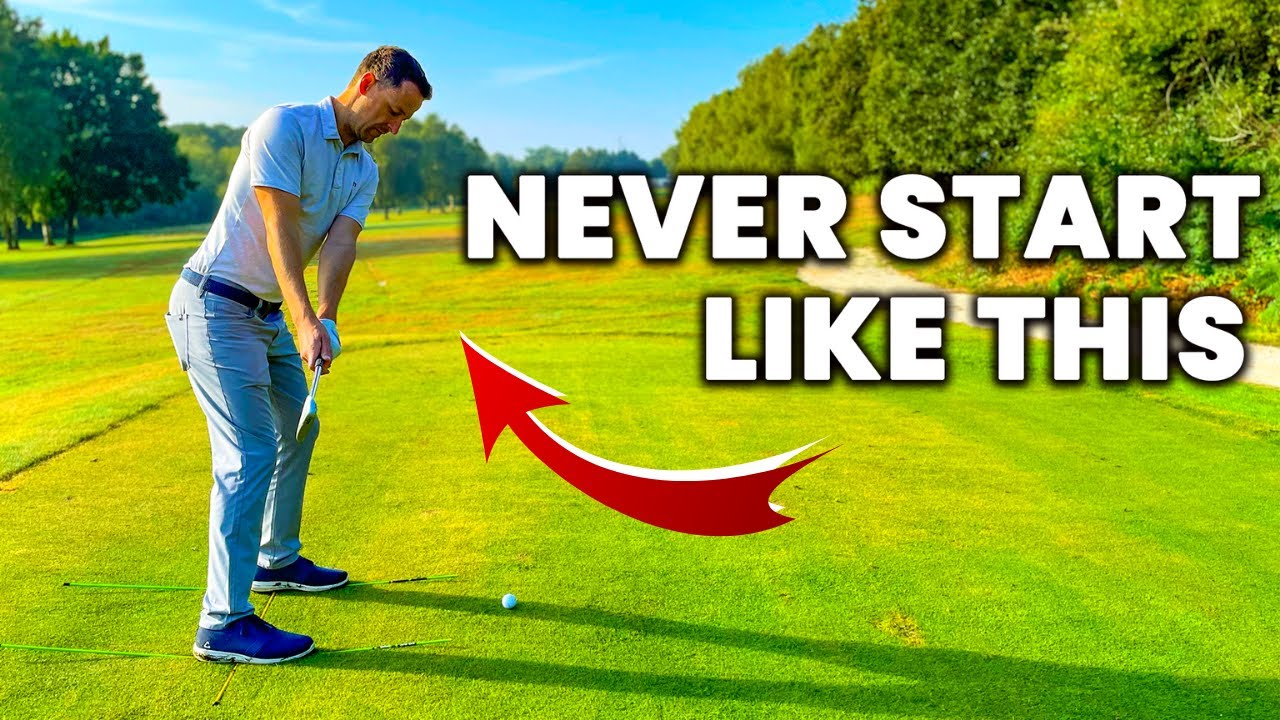 Golf is a game of precision, and every little detail matters when it comes to your swing. One critical aspect that can significantly affect your performance is your takeaway. Understanding how to execute a proper takeaway can set the stage for a successful backswing and downswing. In this blog, we’ll explore the importance of a good takeaway and how to achieve it, ensuring your swing remains consistent and effective.
Golf is a game of precision, and every little detail matters when it comes to your swing. One critical aspect that can significantly affect your performance is your takeaway. Understanding how to execute a proper takeaway can set the stage for a successful backswing and downswing. In this blog, we’ll explore the importance of a good takeaway and how to achieve it, ensuring your swing remains consistent and effective.
The Importance of the Takeaway
Did you know that your downswing takes just about half a second to complete? That’s right—half a second! This brief duration means there’s little time for adjustments if your backswing is off. Therefore, it’s crucial to start your swing correctly with a proper takeaway. If you get out of position early, you won’t have time to compensate, leading to poor ball striking, direction issues, and loss of distance.
Understanding the Takeaway Mechanics
To set yourself up for success, you need to understand how the club works during the takeaway. A coordinated motion between your body and arms is essential. Top players demonstrate this beautifully, with their movements working in harmony. If your hands and arms are operating independently from your body, you’re likely to run into trouble.
Starting Position
Begin by setting up to the ball. Split your hands and position them so that your trail arm points directly towards you. Remove your lead hand from the club and make a motion as if you’re placing your thumb in your ear. This action should help direct the butt end of the club down the target line.
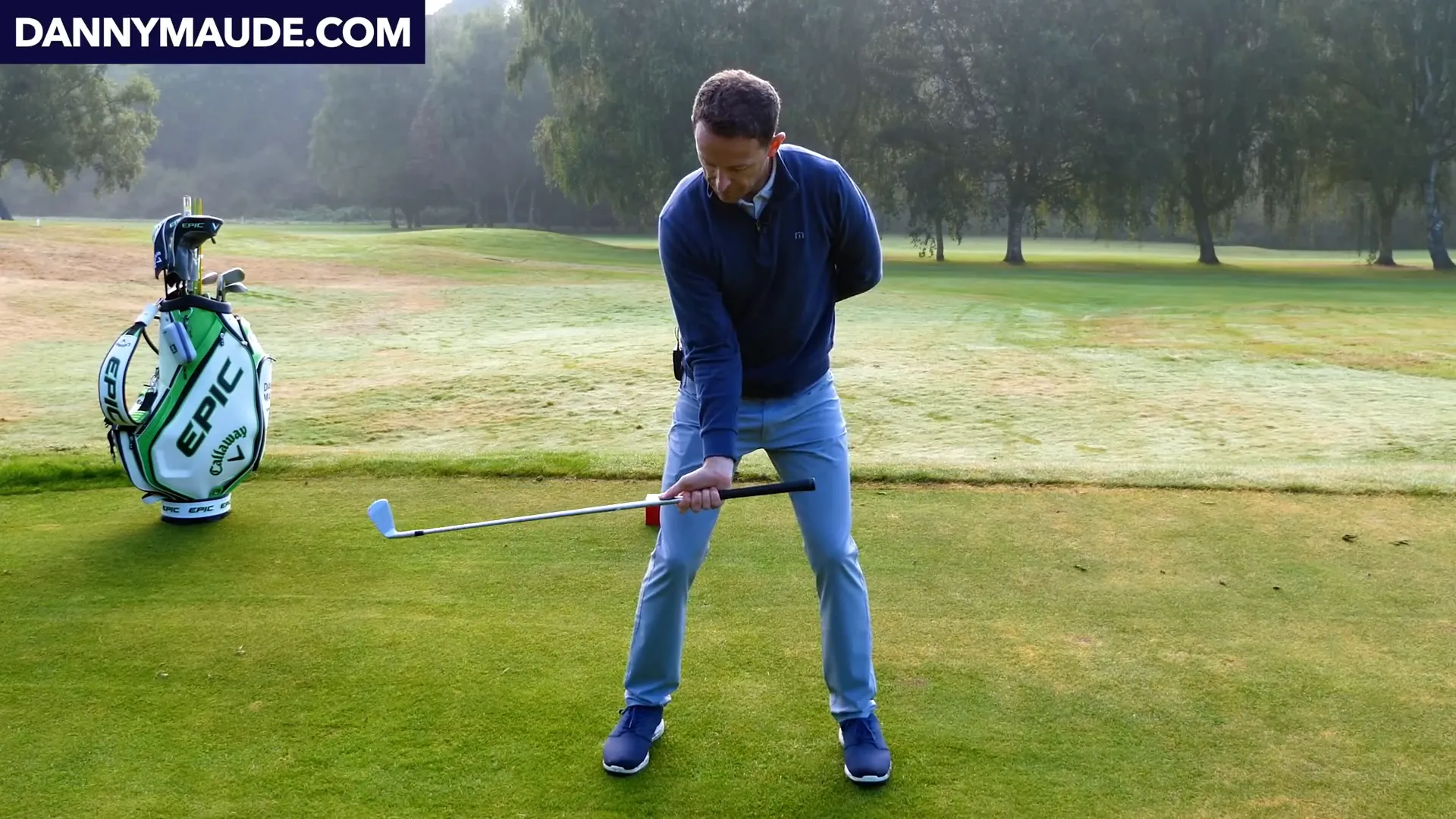
Common Mistakes
One common error golfers make is working around instead of up. This occurs when the shoulders and arms move around rather than upwards, leading to a poor swing path. You want to ensure that the butt end of the club points between your target line and your foot line as you take the club back.
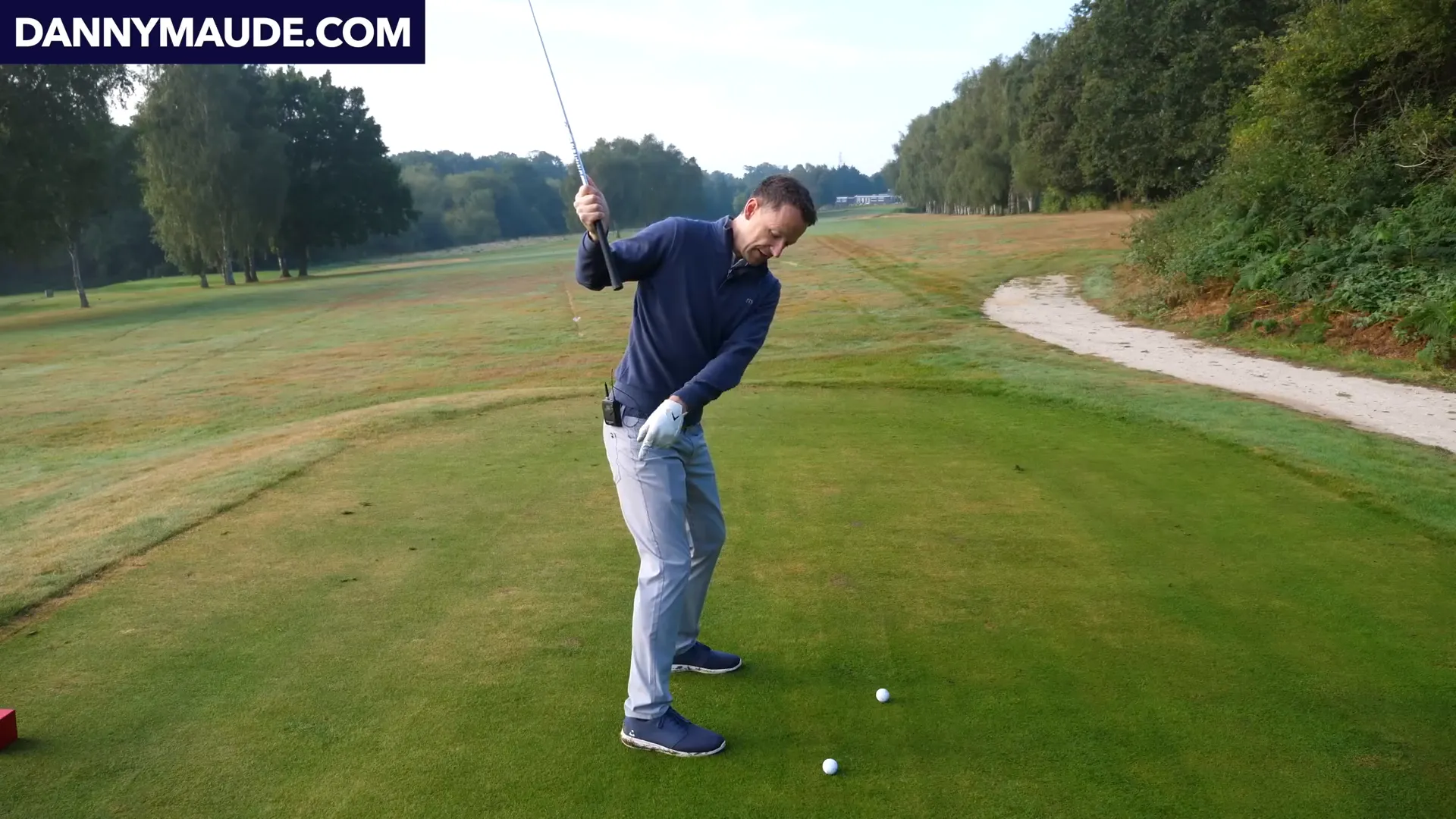
Unblocking the Lead Side
Another significant factor affecting your takeaway is the movement of your lead side. Many golfers find that their lead side becomes blocked, limiting their range of motion. To address this, you need to ensure that both sides of your body are working together in a coordinated manner.
Body Movement Exercises
One effective exercise involves placing your arms by your side and practicing natural extension and inflection of your lead and trail sides. This exercise helps you feel the correct motions of your body during the backswing.
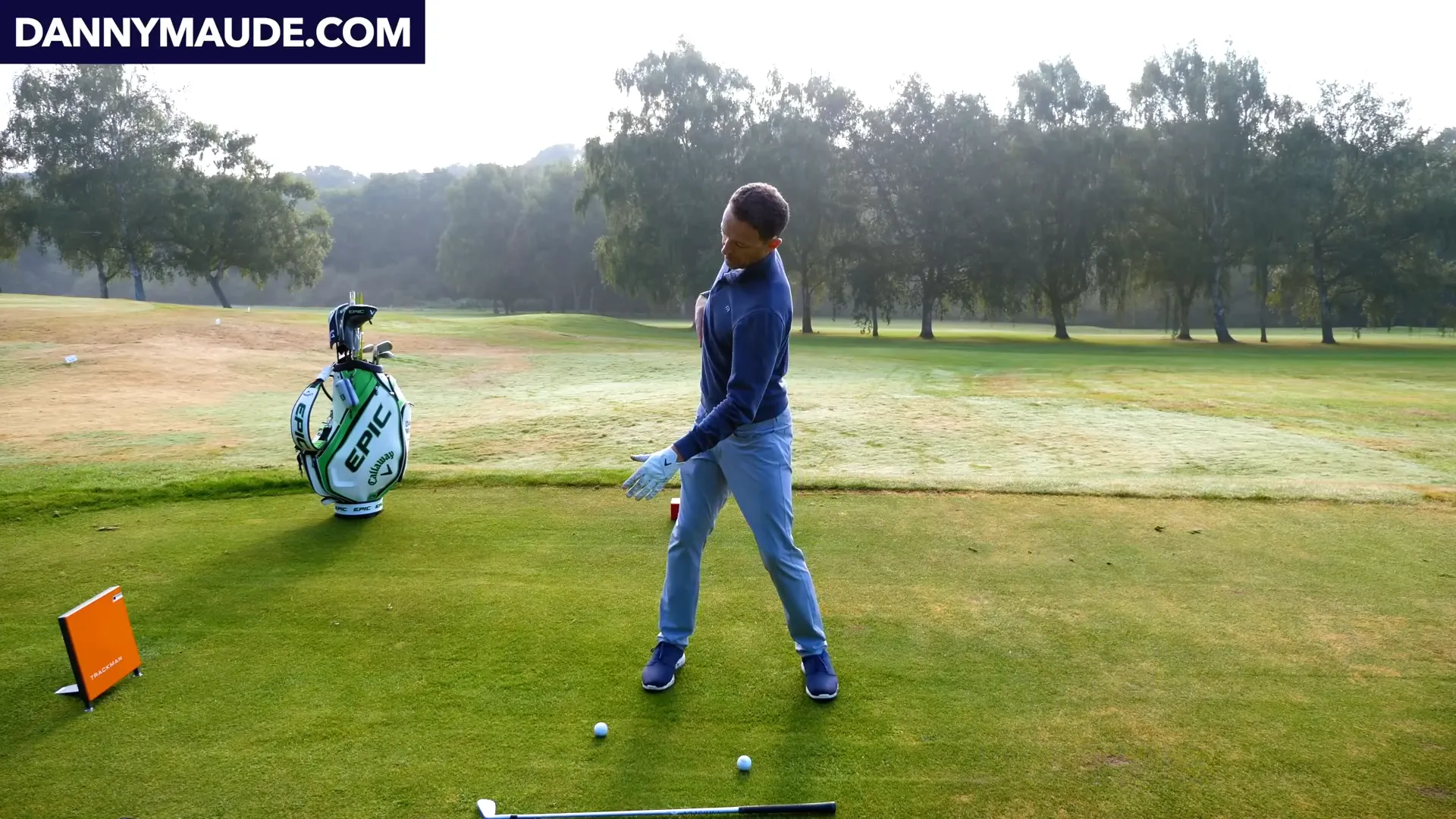
Combining Movements
Once you get comfortable with the flexion and extension in your body, combine these movements into your takeaway. As you extend your arms and rotate your body, make sure the lead shoulder is unblocked, allowing for a more natural swing.
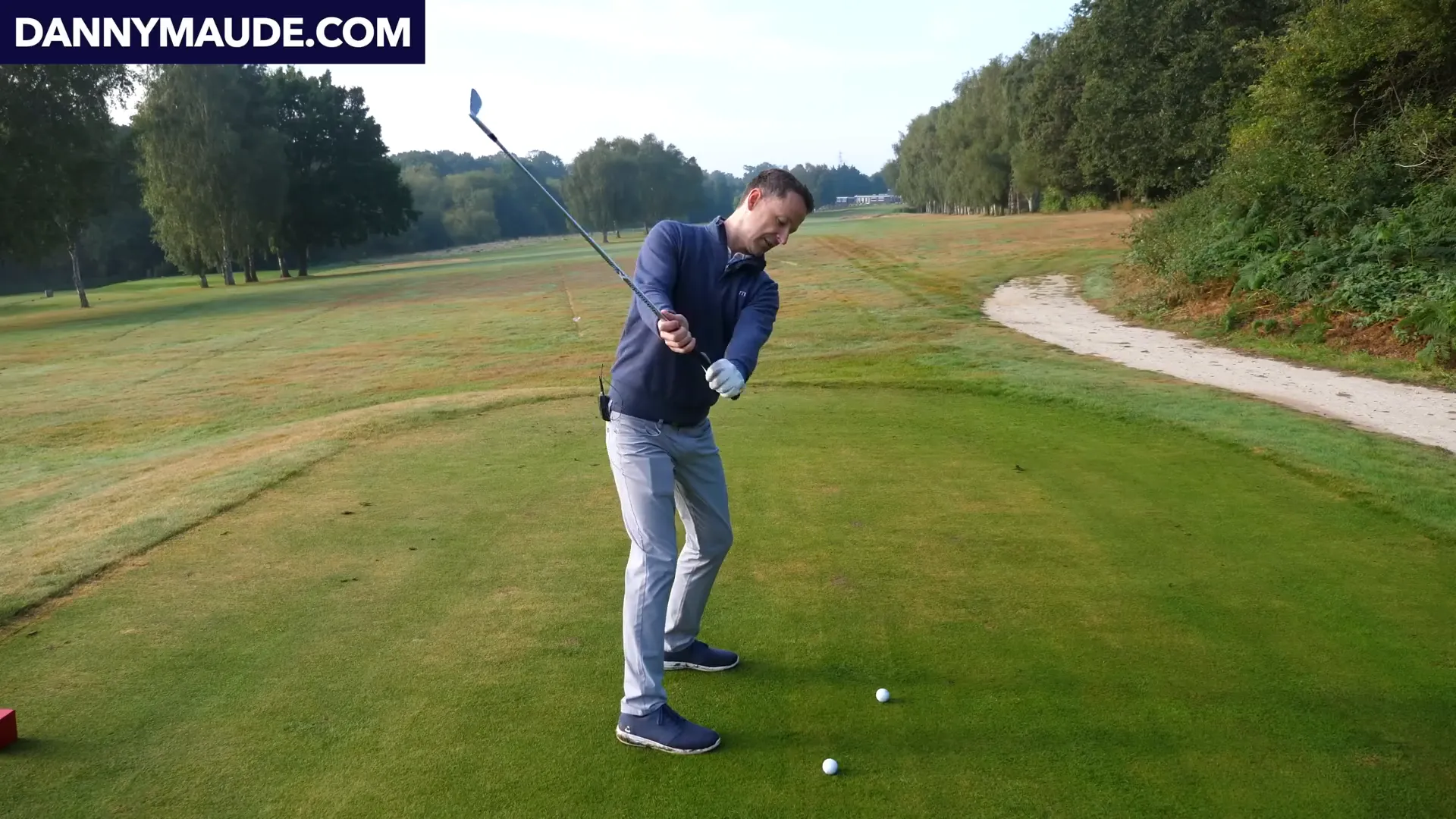
Finding Your Rhythm
Now that you have the mechanics down, it’s time to practice hitting some balls. Start with a few swings, focusing on the coordinated motion between your arms and body. Feel the rhythm as you make the takeaway motion, ensuring everything flows seamlessly.
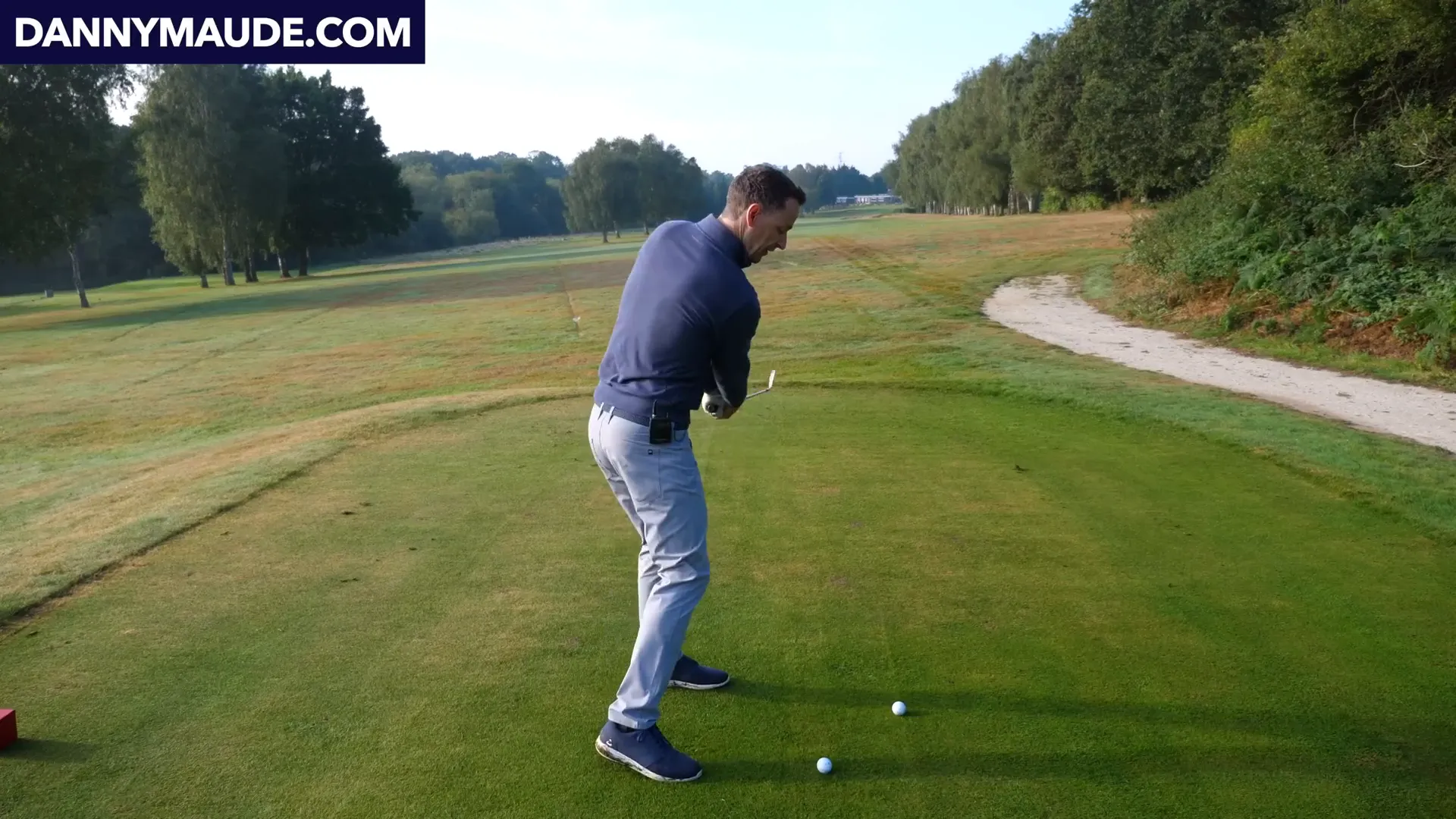
Addressing Flexibility Issues
Sometimes, flexibility can hinder your ability to execute a proper takeaway. If your feet are too planted, it restricts your movement. When making a backswing, the pressure should shift to the front part of your lead foot and the heel of your trail foot to allow for proper rotation.
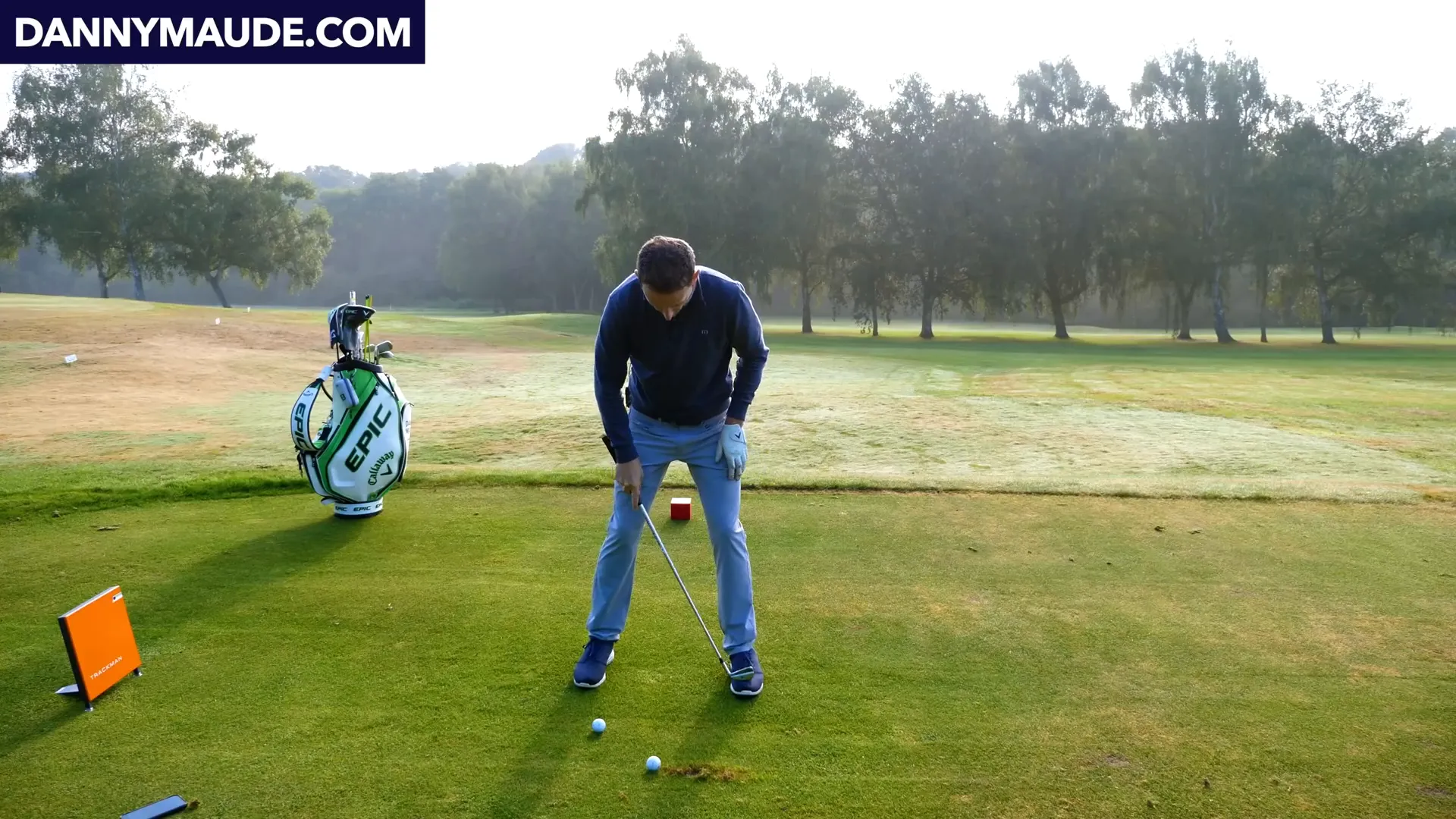
Feedback Stations
To enhance your awareness of where your weight is distributed during the swing, use an alignment stick or a golf club on the ground. Position your feet so that your toes are at one end and your heels at the other. This will help you gauge where your weight is during the swing.
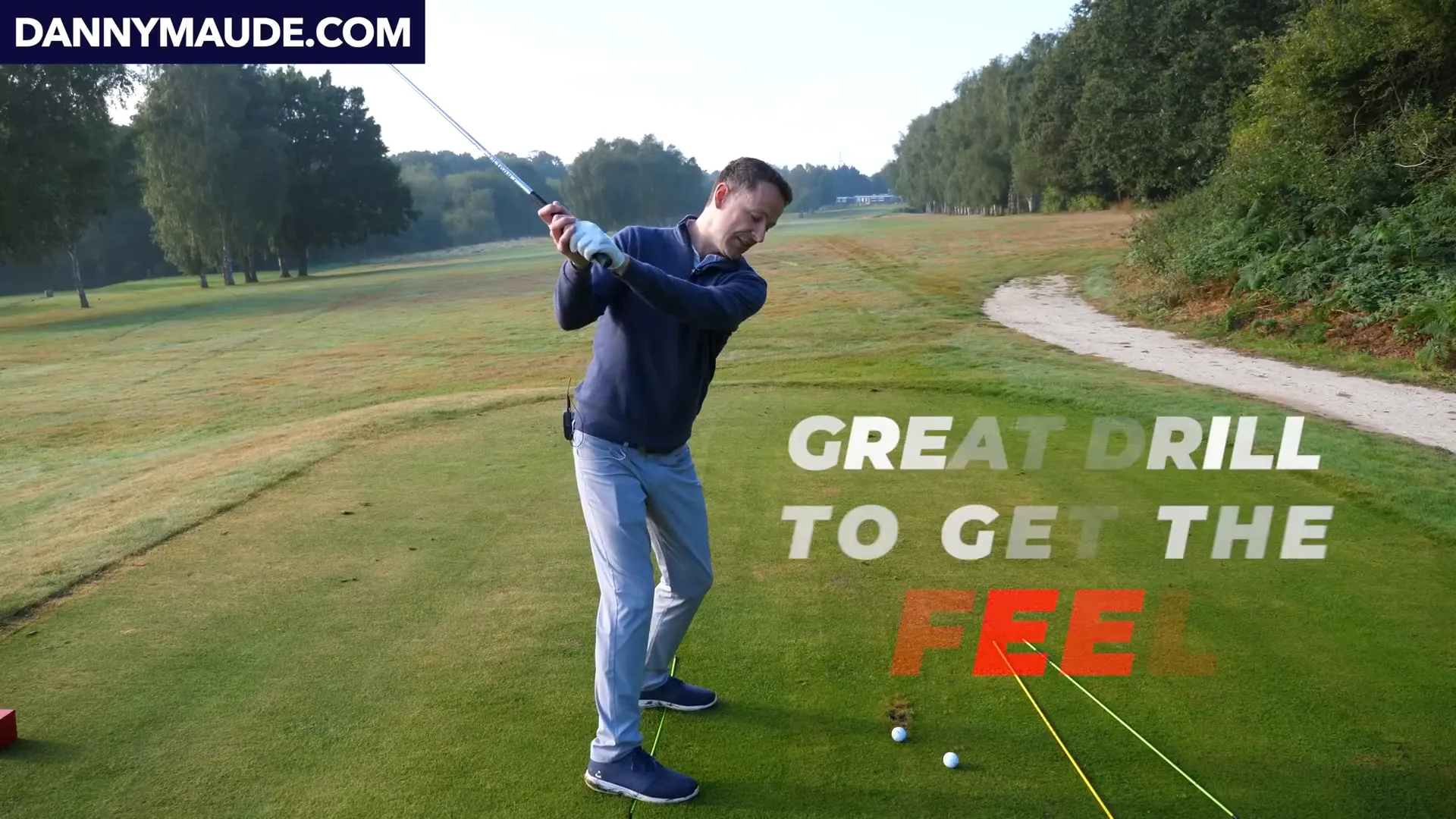
The H Drill for Enhanced Feel
If you’re still struggling with your takeaway, consider using the H drill. Place two alignment sticks on the ground to create a visual aid for your foot placement. This helps you understand how to shift your weight correctly and maintain proper balance throughout the swing.
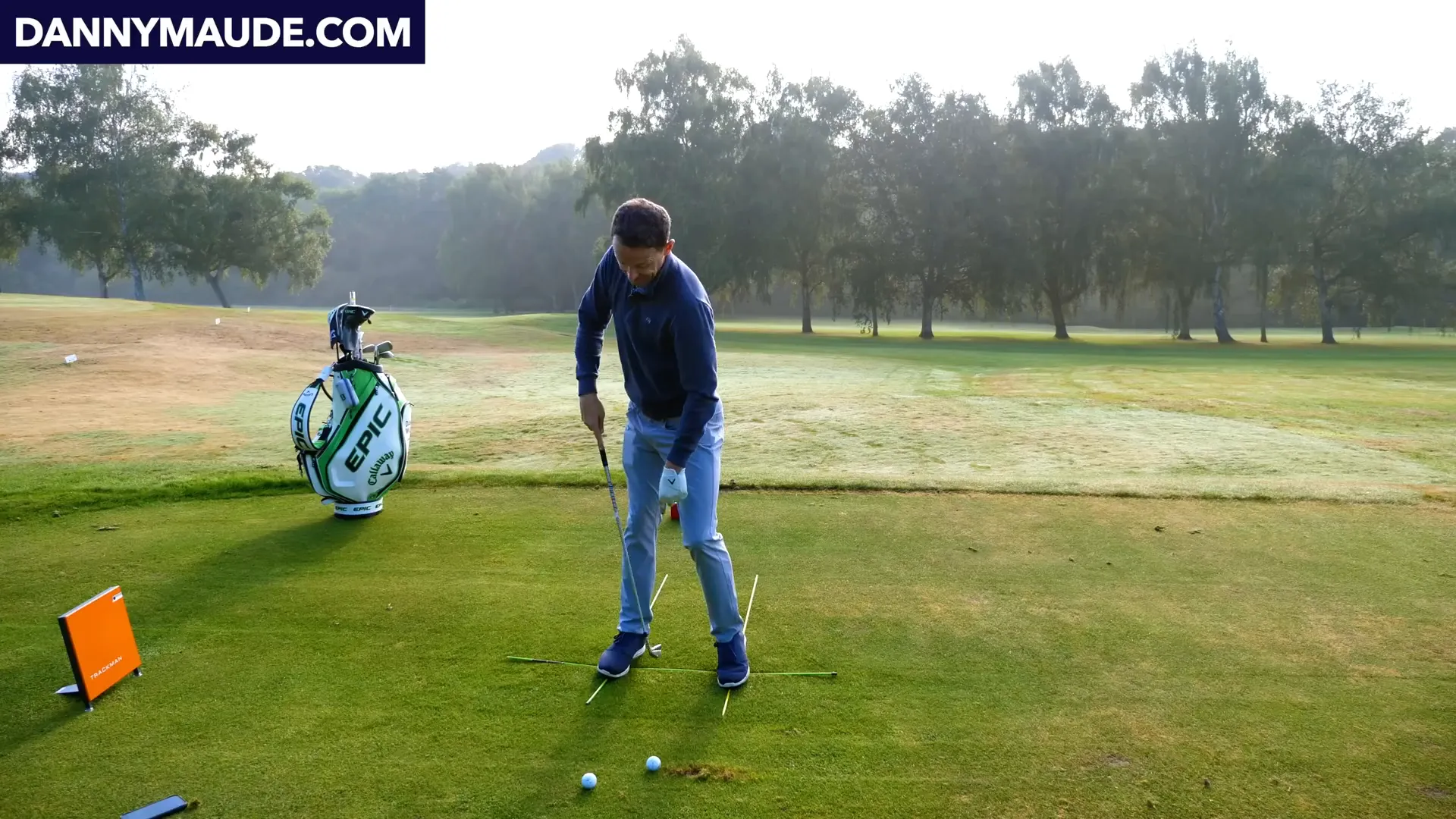
Final Thoughts
To summarize, many golfers struggle with consistency due to improper takeaway mechanics. Focus on your trail arm and practice pointing the club towards the target as you make your swing. Ensure your lead side is not blocked, and use body movements to complement your swing. With these adjustments, you’ll find that your takeaway becomes more fluid and effective, leading to better overall performance on the course.
If you enjoyed this guide, give it a thumbs up! Be sure to subscribe for more tips and tricks to improve your golf game. Remember, practice makes perfect, and with dedication, you can master your swing.

0 Comments